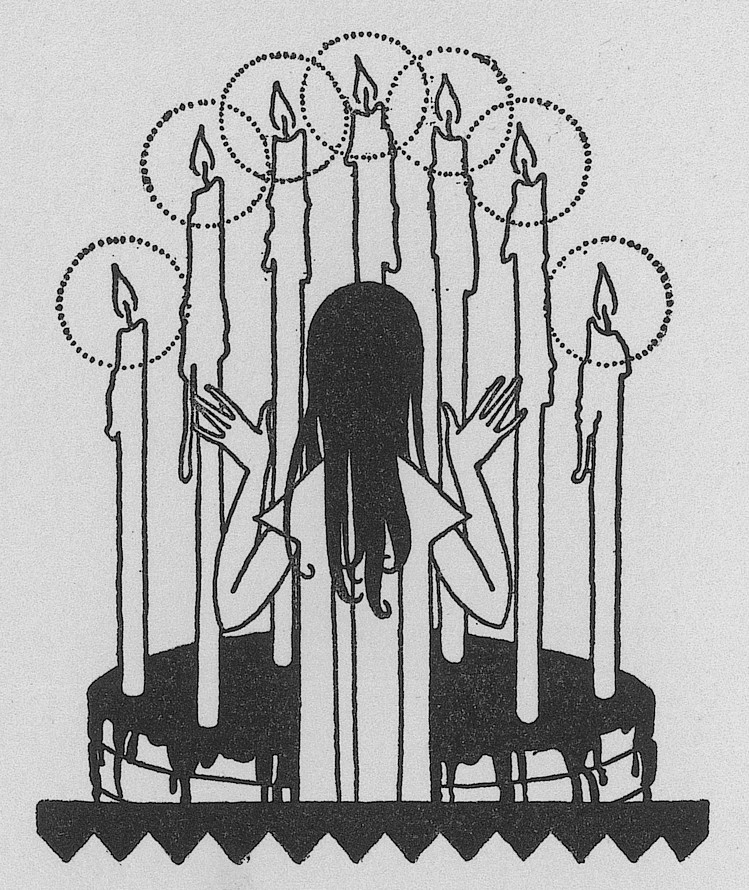
A birthday wish from a 13-year-old girl to one reaching age 7. This poem and the accompanying illustration were included in the 7th anniversary celebration on Pigtails in Paint. CONTINUE READING / CONTINUER LA LECTURE…

A birthday wish from a 13-year-old girl to one reaching age 7. This poem and the accompanying illustration were included in the 7th anniversary celebration on Pigtails in Paint. CONTINUE READING / CONTINUER LA LECTURE…
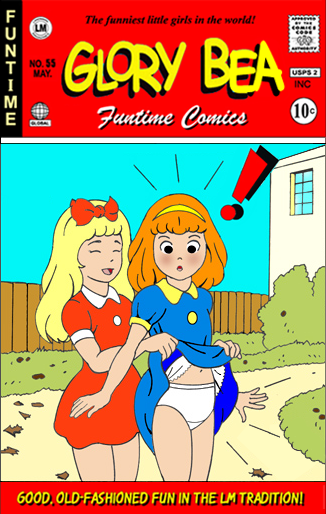
In Japan, the phrase “Lolita complex”—better known by its contraction “Lolicon”—designates attraction to pubescent or prepubescent girls, an individual with such an attraction, as well as the manga and anime genre featuring cute girl characters looking both childlike and erotic. CONTINUE READING / CONTINUER LA LECTURE…
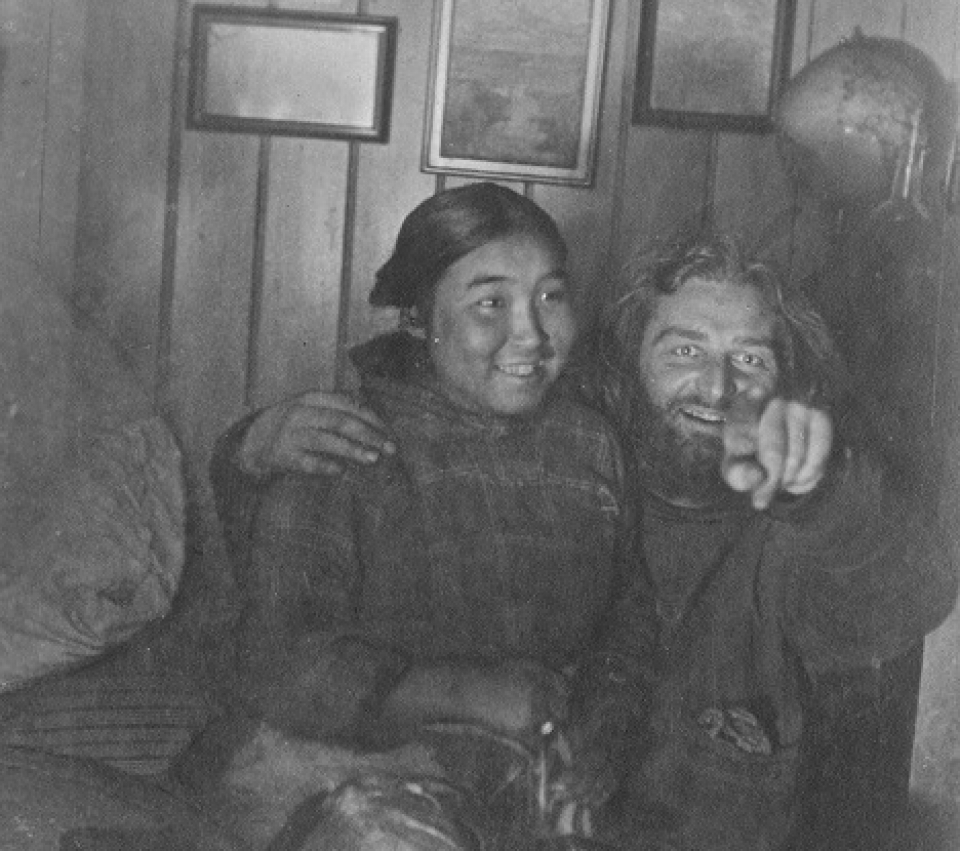
The Danish explorer and ethnologist Peter Freuchen (1886–1957) is famous for exploring the Arctic, in particular with his colleague and friend Knud Rasmussen (1879–1933). He lived many years in North-West Greenland, trading with Inuits, befriending them and adopting their way of life. In 1911 he married an Inuit girl, Navarana. Being born around 1898, she was thus aged approximately 13 at their marriage, while he was 25-year-old. Most biographies avoid mentioning this detail, referring to her as an “Inuit woman”. But in his 1935 book Arctic Adventure: My Life in the Frozen North he first mentions her as a “little girl,” and just after their marriage as “my little wife,” and in the 1961 book Peter Freuchen’s Book of the Eskimos edited by his widow Dagmar, he refers to her as a “little girl, just reaching the marriageable age,” but he also mentions that “Eskimo girls marry so very young that a girl will often continue to play with the other children right up to the time of her first pregnancy.” CONTINUE READING / CONTINUER LA LECTURE…
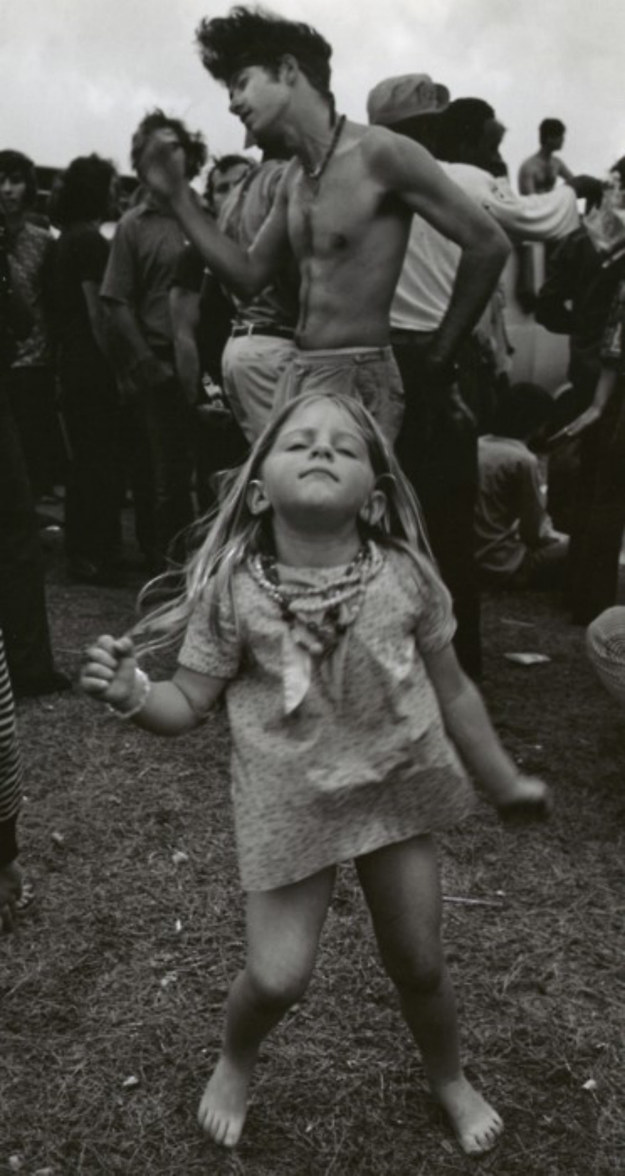
Charles Edward Anderson Berry, better known as Chuck Berry, was a pioneer of American rock and roll. Born on October 18, 1926, he knew fame between 1955 and 1965, thanks to a musical style appealing to youth, with a dancing rhythm, easily sung melodies, guitar solos, showmanship and lyrics centred about the teenage world. He continued to play music until his death on March 18, 2017. CONTINUE READING / CONTINUER LA LECTURE…
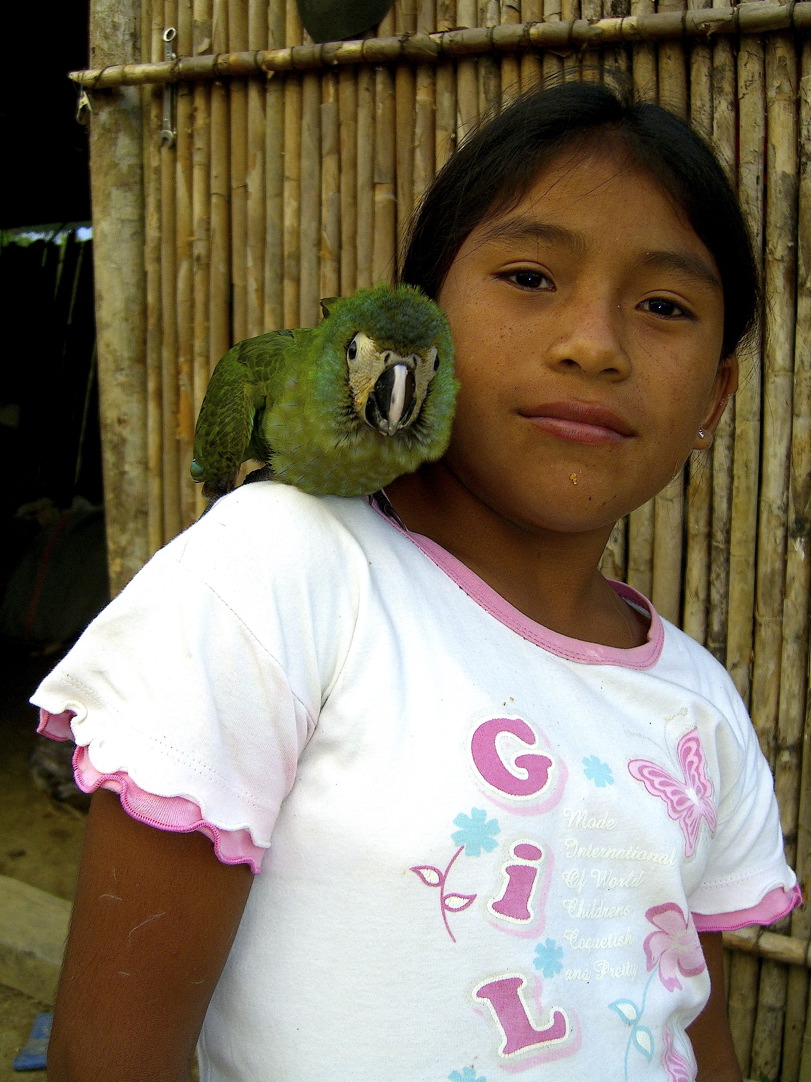
In the poem “The First Reformer” from Lava Lane, and Other Poems, Nathalia Crane told of a hummingbird who by his sweet words, kisses and caresses, persuades flowers not to be ashamed of their nudity. Now in the following poem from The Singing Crow and Other Poems, a young girl is taunted by an older girl “of the narrow shin” for openly indulging in the pleasures of love. But she finds a good advice from a philosopher parrot, a “painted Plato” who instructs her not to grieve because of the reproaches of narrow-minded people: “Love and the rites it sentries / Only the vexed condemn; / There are the lower branches— / There is the goblin stem.” CONTINUE READING / CONTINUER LA LECTURE…
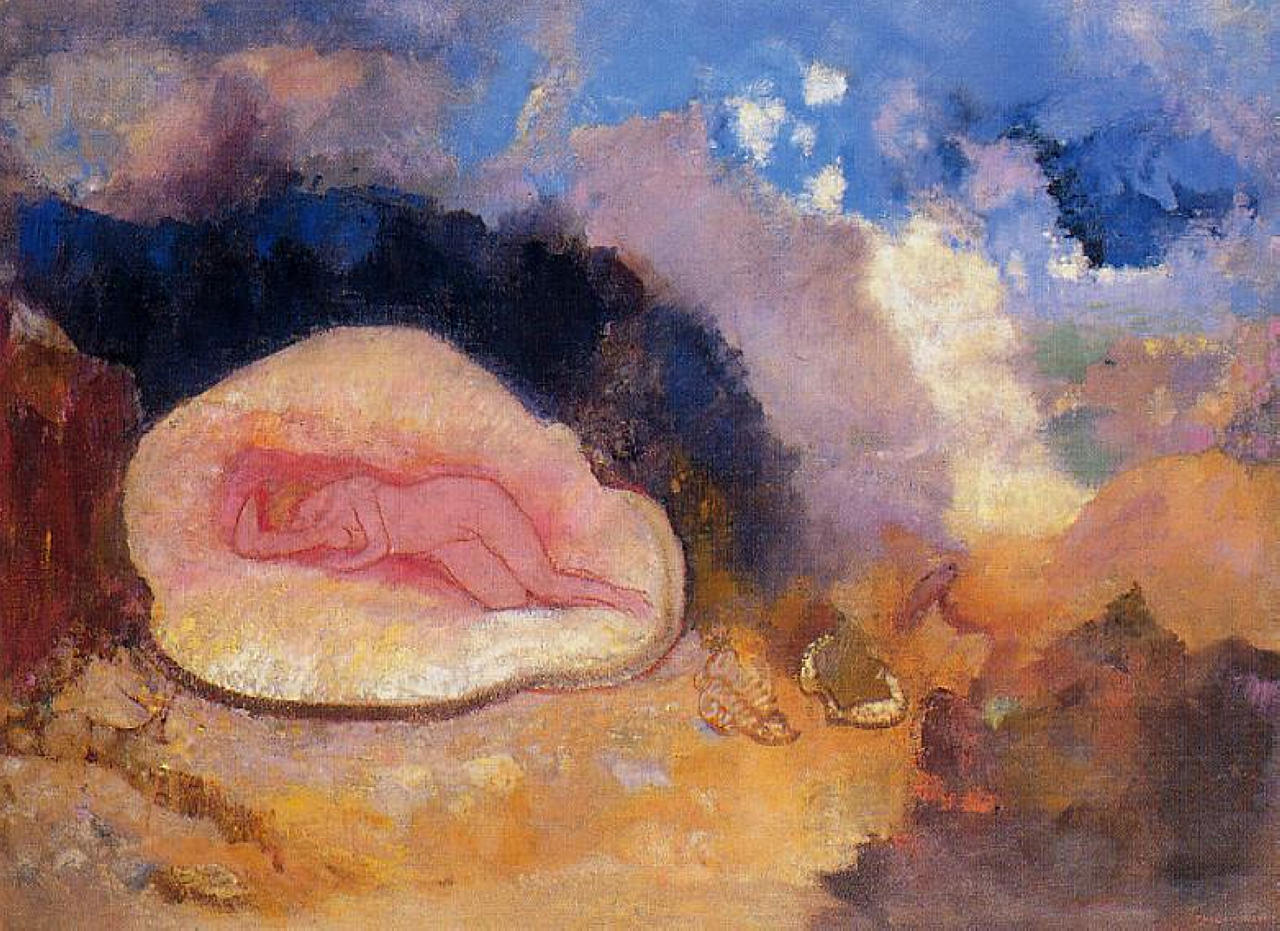
In the post “Components of Love” I presented the three types of love and friendship according to the ancient Greeks:
The ancient Greeks also used the word Agape for affection and tenderness, similar to Storge. Then in Christianity, this word evolved to mean a purely spiritual, selfless and undemanding love embracing all humanity; in fact, such an ideal love is extremely rare in real human beings. CONTINUE READING / CONTINUER LA LECTURE…
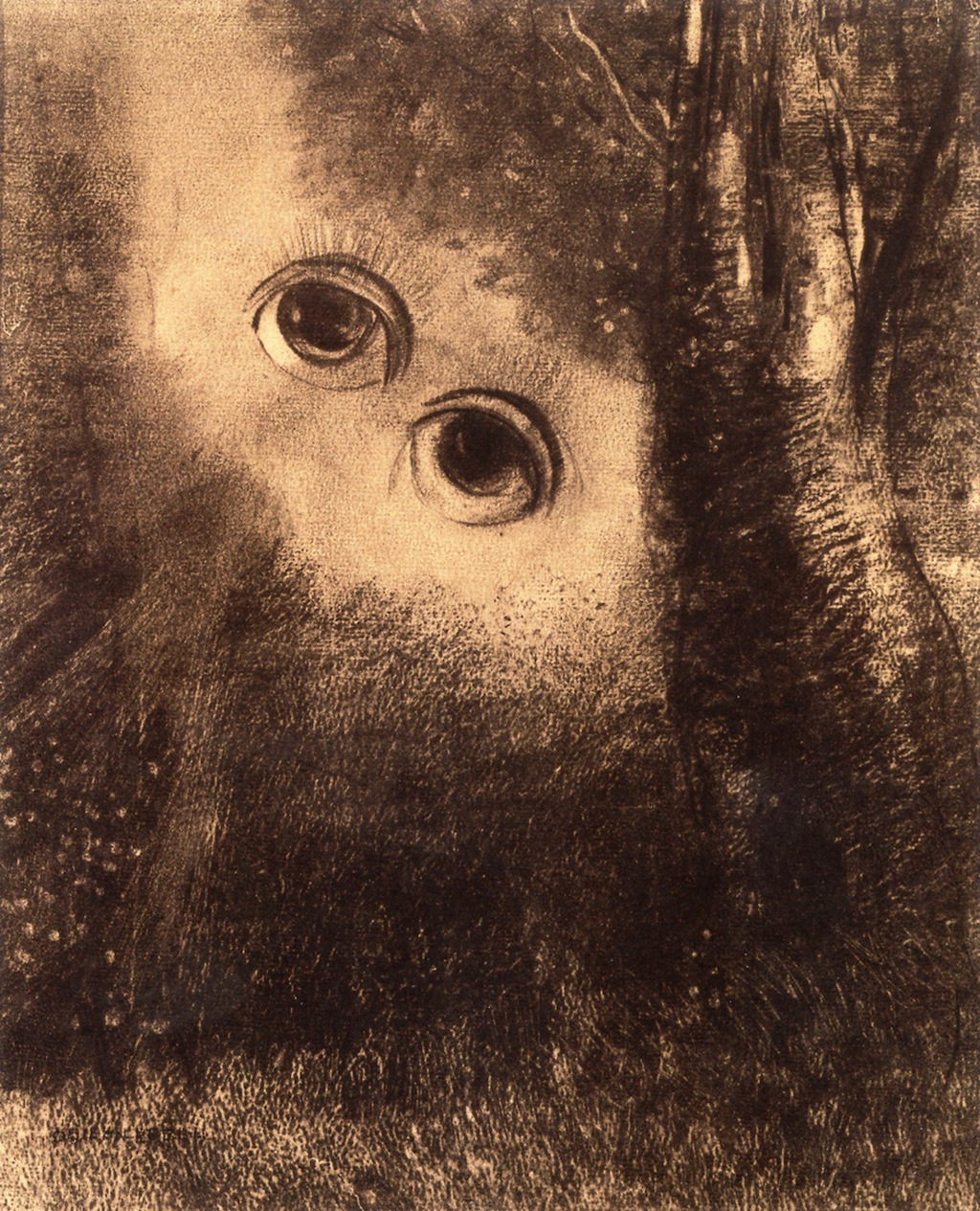
A dreaming little girl wonders about the dreams of old people and old trees … They must be different from her own, she is so young. CONTINUE READING / CONTINUER LA LECTURE…
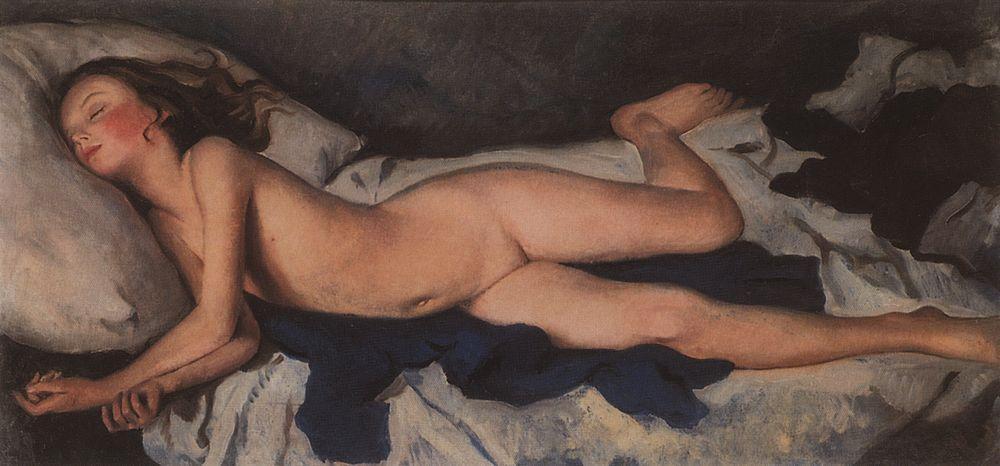
Around 1900, the occultist Aleister Crowley sailed for Hawaii aboard the Nippon Maru. On the ship he met a married woman named Mary Alice Rogers and had a love affair with her. He wrote a series of poems about the romance, which he collected in a booklet entitled Alice: An Adultery. It was published privately in 1903, then a second edition was published by the Society for the Propagation of Religious Truth in 1905. CONTINUE READING / CONTINUER LA LECTURE…
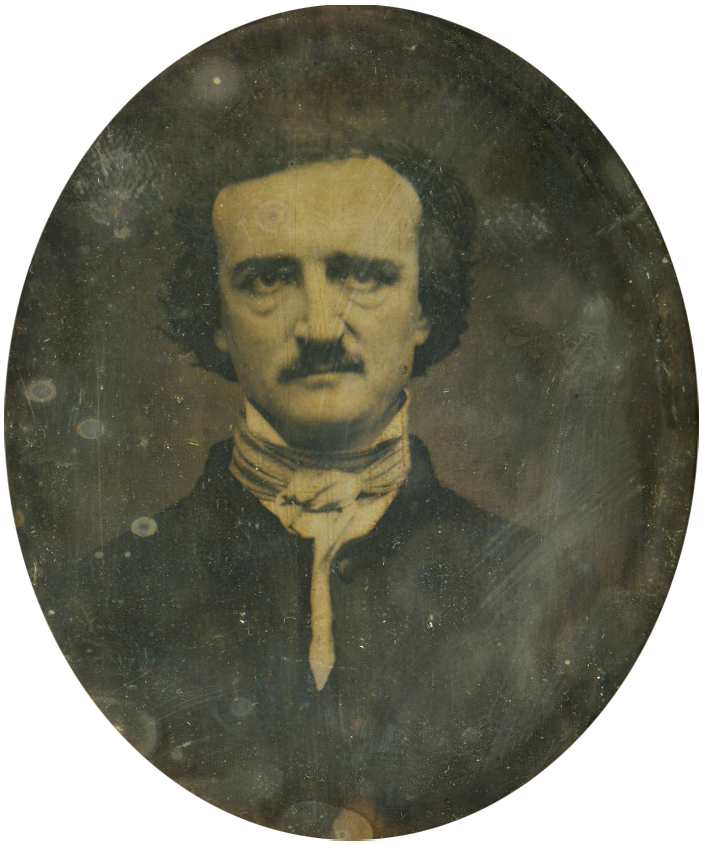
Edgar Allan Poe (January 19th, 1809 — October 7th, 1849) is an American writer known for the strangeness both of his writing and of his life. He was named Edgar Poe, the second child of two traveling stage actors; his father abandoned his family in 1810, and his mother died on December 8th, 1811. His father was also dead then, and Edgar was taken into the home of John and Frances Allan, who served as a foster family, though they never formally adopted him. From them he got his middle name Allan. The family moved to Great Britain in 1815, then back to Richmond, VA, in 1820, so Edgar was educated in both countries. CONTINUE READING / CONTINUER LA LECTURE…
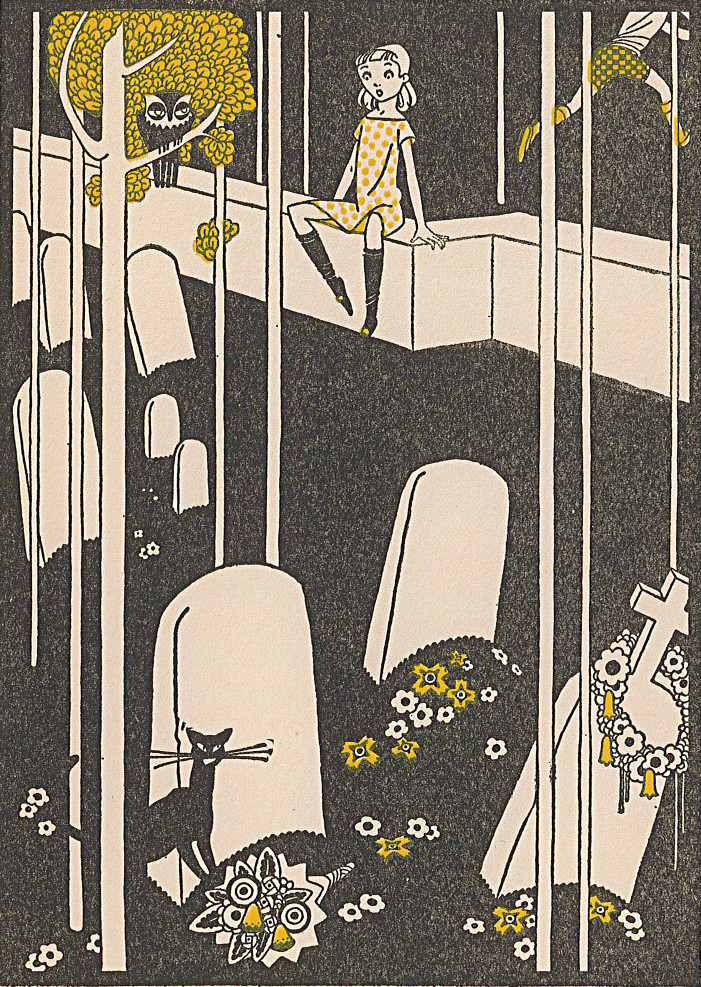
In 1926, at age 13, Nathalia Crane published her third collection of poetry, The Singing Crow and Other Poems. The title comes from a long poem about a crow that, after having its beak torn by an arrow, becomes a wonderful singer; she returns to that topic in the first poem of the collection’s epilogue, “A singer gone.” The book got some success, and she was then dubbed “The Brooklyn Bard” (see Jessica Amanda Salmonson, “Girl Writers: Nathalia Crane, Vivienne Dayrell, & Daisy Ashford,” The Weird Review). There are several very short poems, in particular “The Colors” is often quoted: CONTINUE READING / CONTINUER LA LECTURE…